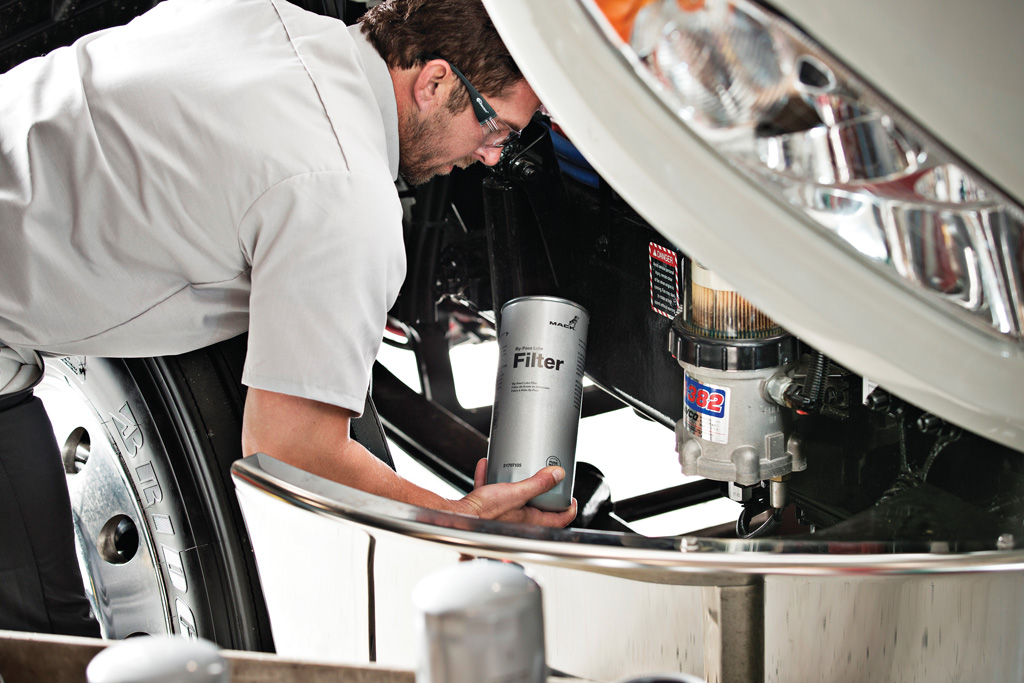Filter down to effective filtration

Filters are often replaced with cheaper alternatives. However, when it comes to your vehicle’s filters – cheaper definitely doesn’t equal cheerful.
Just how many filtration systems does the average vehicle have? Well, besides the usual air, fuel and oil filters required to keep the engine in peak operating condition, there may also be numerous others depending on the complexity and operating conditions of the vehicle.
It may have filters for the crankcase ventilation system, the transmission system, the hydraulic systems, lubrication systems, coolant systems, and the cabin … each of which will have its own maintenance and/or replacement schedule.
Of course, depending on the filtration system in question, the casings and actual filtration mediums of each will be made up of specified materials that adhere to the vehicle original equipment manufacturer (OEM) standards. This is where the difference between a high-quality and cheap replacement filter comes in – while they might appear the same, their effectiveness can be vastly different.
Taking the modern air filter as an example, this may feature a porous, pleated paper element; an oil-wetted polyurethane foam element; an oiled cotton gauze element; or stainless-steel mesh as its filtration medium. Each of these would be mandated by the OEM for a particular application (paper filters are the most common in this instance) and today each may offer similar effectiveness.
An OEM replacement air filter would comply with High Efficiency Particulate Air (HEPA) standards. These filers have a minimum-value performance rating of 99,95 to 99,995 percent and will filter out particulates greater than 0,3 microns approaching 100 percent retention.
Ensuring filters of such quality are used in vehicles that operate in dusty environments, or areas of poor air quality, is vital for the long-term performance and well-being of an engine.
Likewise, certain OEMs may incorporate proprietary technology into their replacement filters. For example, with its Fleetguard range of filters, Cummins Filtration has developed NanoNet and NanoForce technology for its fuel and air filtration products respectively.
According to the company, this technology increases filtration efficiency and extends the life of the filter; ultimately benefiting the end user with better performance and fewer filter replacements.
Similarly, filters for hydraulic, fuel and lubrication systems need to offer a certain level of filtration efficiency and flow – it is very important that clogging does not occur and that the filter can withstand the particular system’s operating pressure.
Manufacturers of high-quality replacement filters will employ a range of technologies and testing procedures to ensure OEM standards of reliability.
The fueling systems in modern engines operate within very tight tolerances. In the case of a diesel-engine fuel filter, it is critically important that it cleans contaminants from the fuel, while efficiently separating water from the fuel so as to avoid damage to the engine.
With the sheer number and complexity of filtration systems in a modern engine, it is easy to be tempted to delay replacement of a vehicle’s filters, or to replace them with cheaper, sub-standard parts. However, it is important to remember that, despite appearing similar, taking such a chance may not be worth it in the long run.
Published by
Focus on Transport
focusmagsa




